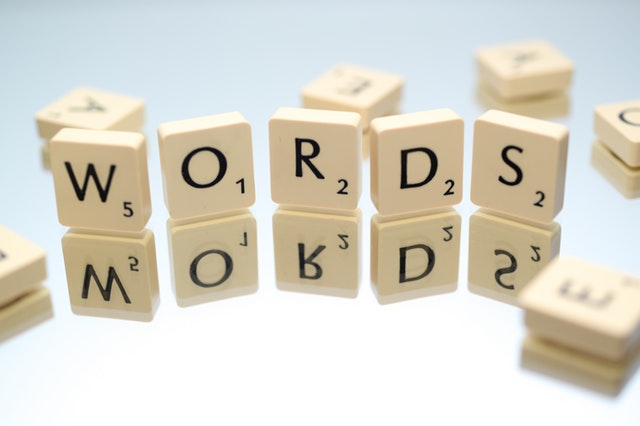Have you ever wondered which language is the wordiest? I’m 98% sure you didn’t since this is not a common concern for people who are not linguists or somehow connected to studying or dissecting a language.
But the work of a translator is all about words, context, and meaning. In fact, there is no way to deliver quality translation to our customers without fully understanding the thoughts of the original author. We already discussed the topic in an article concerning literary works, but today I want to approach this from a different point of view – the number of words a language has.
Is the Number of Words Important?
Let me start with an example: the French language is considered to have a lower number of words than other languages. This means that most words will have different meanings, depending on the context.
On the other hand, the English language is usually described as wordy. As a result, there are fewer words with double/triple meaning and lots of synonyms.
Now, consider a French to English document translation (or vice-versa). Without the correct context, the result would be a mess, with a completely different meaning (or even meaningless) to the people reading it.
While a translator may use the right words, if they don’t represent the writer’s original intent, there is no way to make a quality translation!
Quality Translation vs. Knowledge of the Language
Specialists agree that it is impossible to decide which language is the wordiest because you wouldn’t know where to start counting and where to stop. Each language has its own way of dealing with words by either adding or removing inflexions.
Moreover, languages such as German or Turkish are famous for cramming short words together and creating longer ones that carry a whole lot of meaning. In fact, in Turkish, you can express entire sentences with just one word.
Of course, we also have languages where meaning is provided through symbols, such a Japanese or Mandarin.
As such, a translator must also be knowledgeable of the languages they use and understand how to use the right words, sentences, or symbols. Moreover, it’s crucial to understand the purpose of the translation – if it’s to casually inform, academic, formal, or anything else.
Wrap Up
In the end, whether you work as a translator or you’re in need of a quality translation, you’ll always have to deal with context and meaning. It’s also the reason why software such as Google Translate and other machine translations can’t replace human translators (yet).
